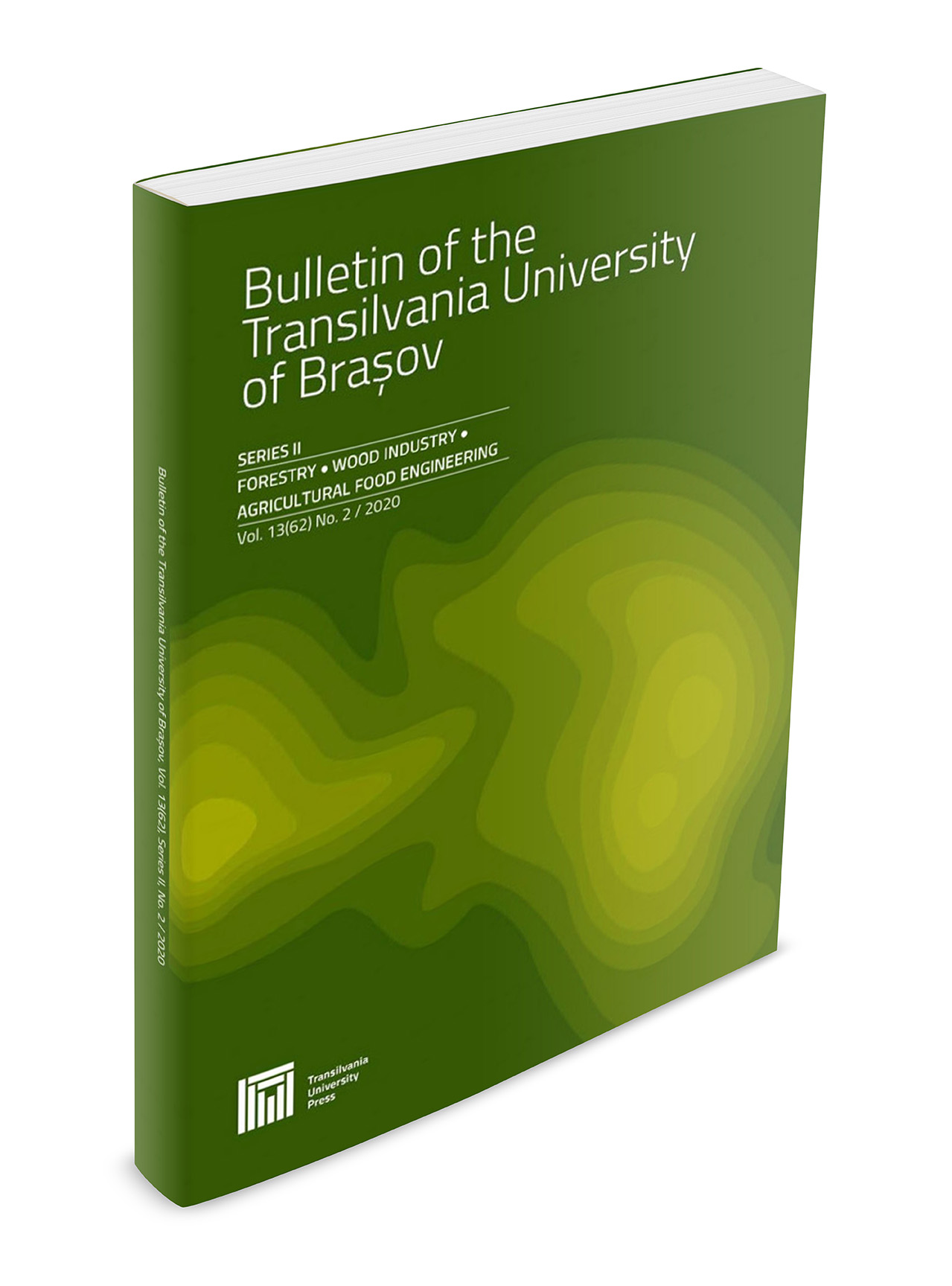Performance of a Double-Grip Hypro 775 Machine in Processing Small-Sized Pine Wood
DOI:
https://doi.org/10.31926/but.fwiafe.2020.13.62.2.2Keywords:
Double-grip, tree processing, statistics, check study, performance, sample sizeAbstract
In forest operations, productivity studies represent one of the central topics because their output is frequently used to develop predictive models, to compare alternatives or just to set production rates and to make informed decisions needed to reach a balance between the work effort and payment. Ecuador has started to change its technology in forest operations by a transition towards the increment of mechanization to procure wood from forests planted for timber production purposes. Nevertheless, the change has brought no new research approaches to check the performance of the new machines. A particular case is that of tree processing operations at the landing by means of double-grip processor machines. This study aimed to evaluate the performance of these machines in processing timber from thinning operations and to estimate, by a check study, the sample size needed for a full-scale study. For this reason, a number of 57 processed trees were included in the study and a detailed time-and-motion analysis was implemented to check the variability and central tendency of the data, a fact that also enabled the operational description. Based on the study outcomes, basic statistics were computed to characterize the performance of the operations under the assumptions of a preliminary study, and the number of observations for a full-scale study was estimated. On average, close to 4 logs were recovered from a tree which resulted in an average work cycle time of 45 seconds that was characterized by a succession of very fast events such as gripping, feeding, and cutting. Elemental cuts, for instance, accounted for a number of 228 observed events and they averaged close to 1.5 seconds. The estimation of the sample size based on a confidence threshold of 95% and on an assumed precision of 5% revealed a rather low number of observations (127) needed at the work cycle level. However, factors such as the variability in some work elements, as well as the occurrence of other work tasks on a regular basis should be considered in the attempt to adapt the sample size and to conduct a full-scale study. Until conducting a full-scale study, the results given herein could serve as a reference in the performance of tractor-mounted double-grip processors in landing operations.



